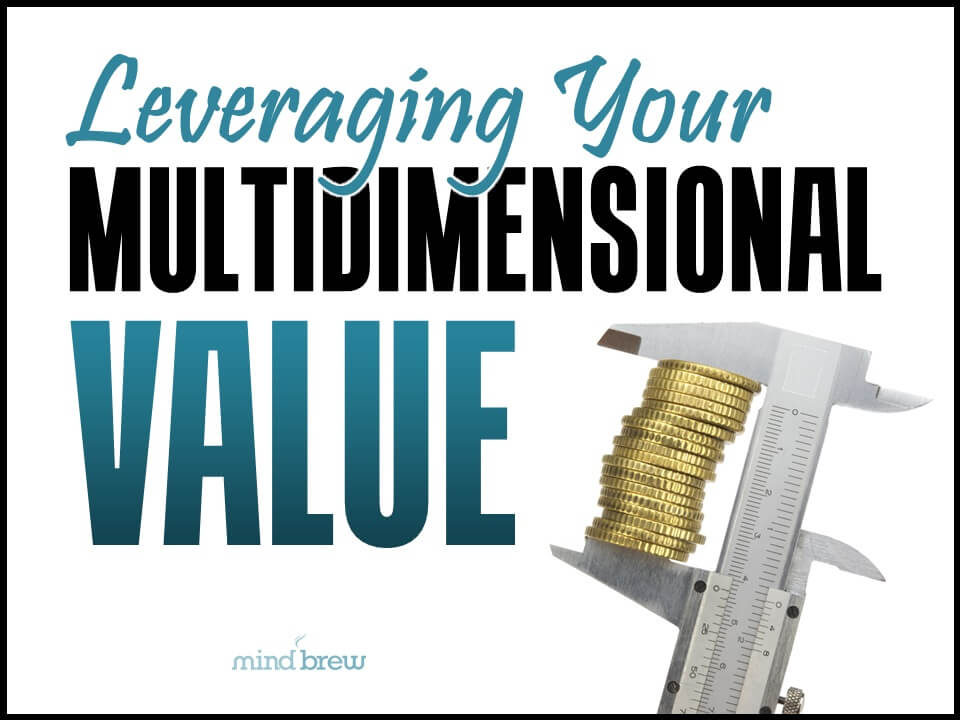When you were in school, what was your favorite subject?
In general, students tend to fall in one of two camps. In one group are the people who love science and math. They really like being able to come up with one answer that is either right or wrong. For example, every multiplication problem has just one answer, and you can check it with division. What could be simpler? For this group, the world is black or white. And the idea that someone will grade their work based on an objective standard makes them feel very comfortable.
The second group includes people who prefer literature, history, art and music. People who are much more comfortable with gray areas. They would rather answer essay questions than solve equations. After all, even if they don’t know the answer to an essay question, there’s always a chance that they can get close enough to correct to get some credit. They might not know why Ahab was chasing Moby Dick (heck, they might not even have opened the book), but they don’t mind taking a guess. And they feel comfortable enough in their ability to BS that they don’t mind subjective grading standards.
By now, you’re probably nodding your head because you recognize yourself in one of those two descriptions.
But in order to excel in pricing, you have to be at least a little bit comfortable in both groups.
Pricing practitioners absolutely have to enjoy math. After all, they need to understand the equations they are using in order to set the prices for their products. And if you don’t like numbers, you’ll be miserable in pricing.
But on the other hand, pricing practitioners also have to be comfortable in the gray area. You see, there is no right answer to pricing problems. That’s important, so we’re going to say it again.
There is no right answer to most pricing problems.
However, pricing definitely does have wrong answers. If sales or margins drop through the floor, you know that you got it wrong.
And pricing has better answers. In fact, no matter what answer you come up with, there’s probably a better one out there. People who excel in pricing are often those drawn to the idea of continuous improvement. Those who want to do just a little bit better every day.
One of our favorite tools for optimizing prices is price elasticity. A lot of people don’t understand how it works within B2B, so it doesn’t get utilized as often as it should. In simple terms, B2B price elasticity is a number that tells you how a given pricing change is likely to affect your market share.
Unfortunately for those of you who really like right or wrong answers, price elasticity isn’t an exact science. The quality of your price elasticity calculations is going to depend on the quality of your segmentation models and historical data. However, with careful tweaks over time, price elasticity can get you closer and closer to the “right” answer for your pricing problems.
If you aren’t calculating price elasticity, you should. To learn more about how it works, check out the webinar, Business-to-Business Price Elasticity. It can help you better navigate the many “gray areas” of pricing and optimize your policies and practices over time.














